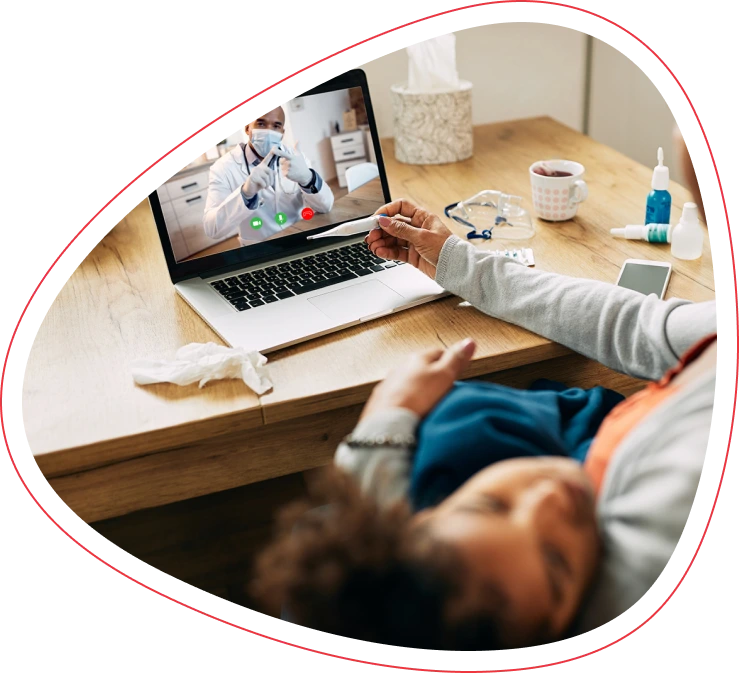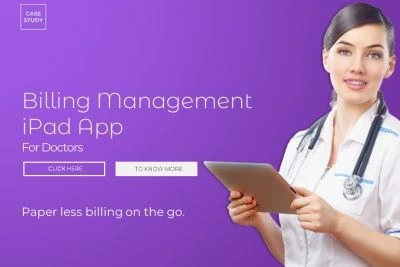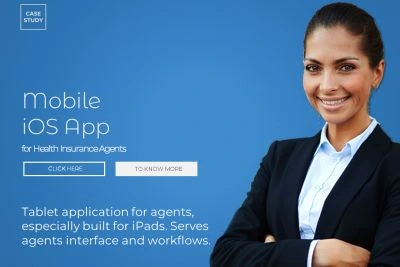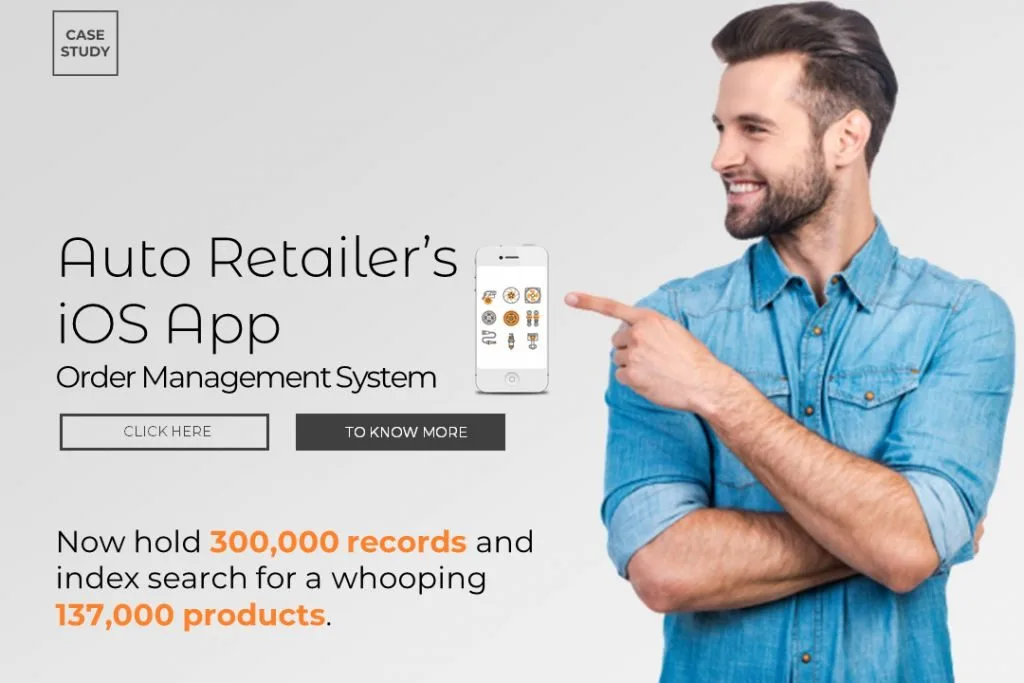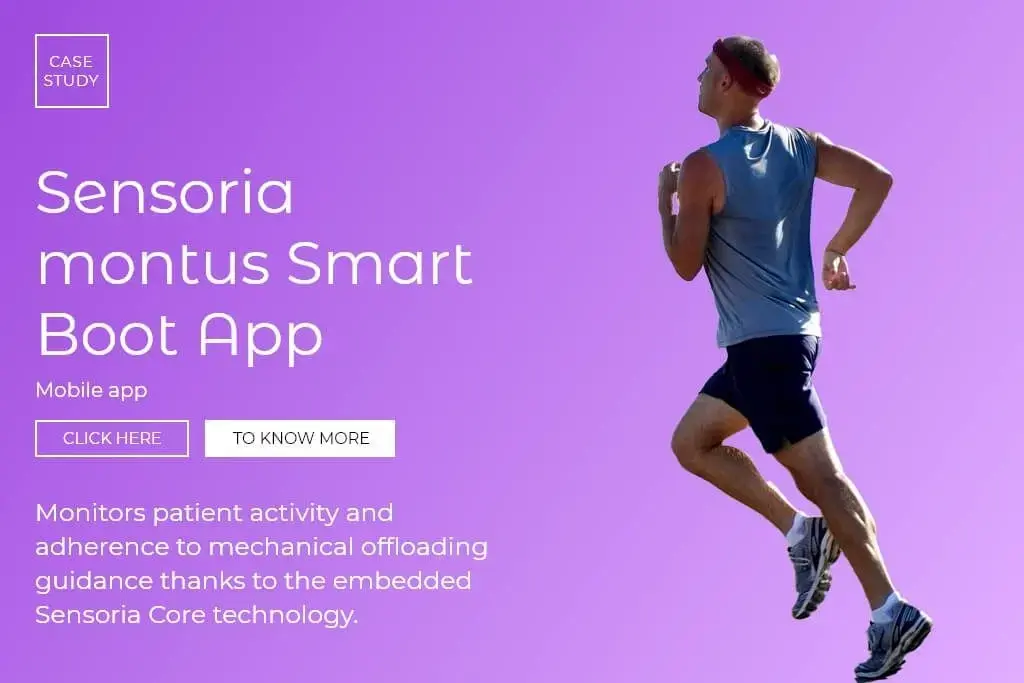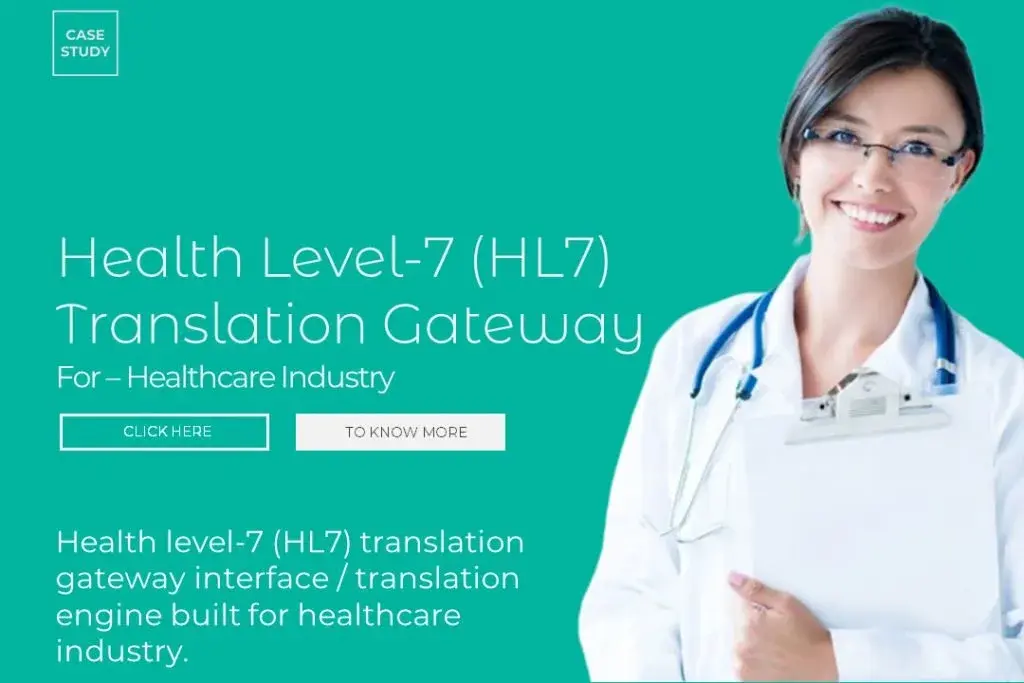1. EHR Integration
One of the most popular integrations for remote patient monitoring solutions
is with electronic health record (EHR) systems. This integration allows clinicians
to view patient data from the remote monitoring system within the same interface
they use to view other patient information. This can help to improve care
coordination and make it easier for clinicians to track a patient’s progress over
time.
2. Telehealth Integration
Another popular integration for remote patient monitoring solutions is with
telehealth platforms. This integration allows patients to receive care from their
providers remotely using video conferencing, phone calls, or text messaging. This
can be beneficial for patients who live in rural areas or who have difficulty
accessing in-person care.
3. Wearable Integration
Many remote patient monitoring solutions also offer an integration with
wearable devices. This integration allows patients to collect data from wearable
devices, such as fitness trackers or heart rate monitors, and send it wirelessly to
their clinician. This data can be used to help assess a patient’s health status and
make decisions about their care.
4. Laboratory Integration
Some remote patient monitoring solutions offer an integration with laboratory
testing services. This integration allows clinicians to order laboratory tests for
their patients and receive the results directly within the remote monitoring system.
This can help to streamline care and improve decision-making.
5. Pharmacy Integration
Another popular integration for remote patient monitoring solutions is with pharmacy
services. This integration allows clinicians to electronically send prescriptions to
pharmacies and receive notifications when medications have been filled or shipped.
This can help to improve medication adherence and reduce the risk of medication
errors.

